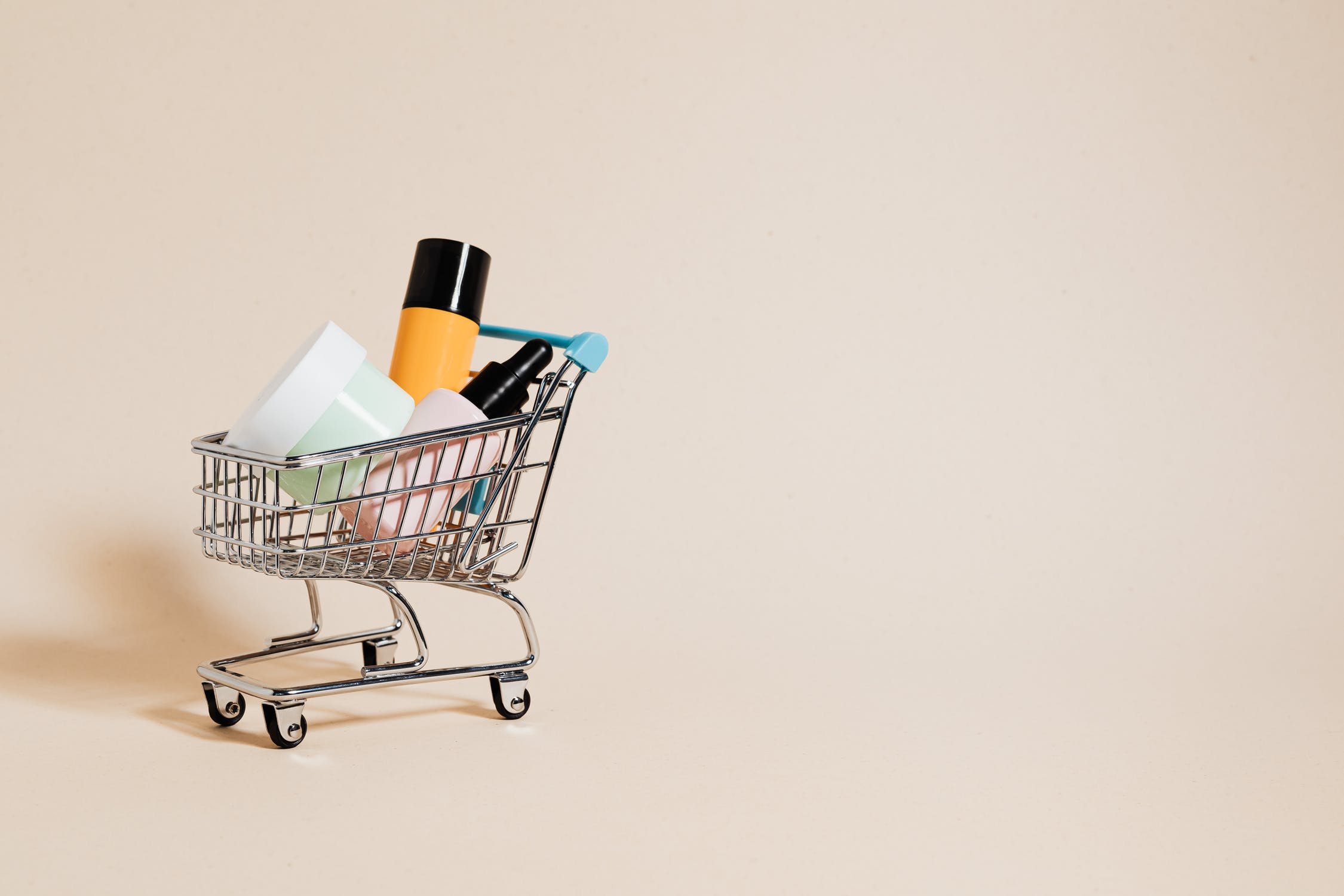The largest department store in the USA is Kohl’s. Founded in 1962, the chain has more than 1,100 stores and 85,000 employees. The company was riding high, and then – as we all know – Covid hit. Its CEO is Michelle Gass, a former Starbucks marketing executive. Since she took the helm of Kohl’s in 2018, Gass has shifted her stores from merely department stores with a raceway layout (read: a large loop that matches the square box of the store) to a go-to destination for shoppers and for those returning merch to Amazon.
Days before the pandemic, her team was ready to launch its new strategy. Now, a year later, Kohl’s has pivoted to be something different than planned post-Covid. In recent interviews with the Wall Street Journal and BusinessWeek, Gass spoke about where the retailer goes from here. She starts with key lessons she learned through the Great Recession while at Starbucks. The three lessons are:
- Be decisive and agile
- Be firm + empathetic
- Grounded + reality + optimistic
These lessons helped Gass and her team consider where to pivot the organization as it anticipated the end of the Covid-era. So many companies took a ‘let’s just get through it’ approach, but not Kohl’s. First, the executive asked: How could they have a strong business during Covid? Some interesting answers emerged. Chief among them: curbside pickup. Gass said this approach really helped the company to move forward through things. She is happy that Kohl’s is doing all it can to maximize sales while, at the same time, evolving the business model. Her team and she are pleased that the leadership of the company is getting more strategic and smarter about managing expenses and inventories.
Preparing for the day we all are out of the pandemic, Kohl’s has taken the stand that they will be there for the consumer as the customer needs them. Gass is firm in her belief that this stance will generate a lot of market share opportunities. Kohl’s saw a trend of the active and casual shopper pre-Covid, and it is betting it will be a permanent shift (such that any shifts in consumer behavior are ‘permanent’, I will add parenthetically). Gass can see a path to being what she calls ‘the life-styler of choice’ for the active and casual shopper. Kohl’s will drop much of its more formal and dress wear for both men and women in exchange for deepening its selection of relevance for the active-casual lifestyle.
Additionally, Kohl’s will enter businesses that are a match for the trends it sees. One such fit is that Kohl’s is the new home for Sephora. The beauty chain has long partnered with JC Penney, but Kohl’s offers a great deal more. Kohl’s has 65 million customers, Gass explained, with 70% of those women. What’s more, Kohl’s has well-developed its omnichannel reach and the overlap between Sephora customers and those of Kohl’s is quite low. What does Kohl’s get from the deal? Sephora’s got game with the younger set, and this partnership should pull those people into a Kohl’s store or to kohls.com for the first time.
All of this points to a fundamental belief Gass holds as an executive: “Great companies look at challenge as a time to innovate.” Covid has provided everyone a chance to reset and pivot, and some companies like Kohl’s are taking advantage of the opportunity. When asked by the Wall Street Journal about will make a strong CEO in ten years’ time, Gass was reflective. Her response: courage, humanity, and empathy are timeless core principles. How they will manifest in 2031 is anyone’s guess, she predicts but being someone who models values will grow as a key need for an executive.
Thank you to Jordyn Homan (Bloomberg BusinessWeek) and Ellie Austin (Wall Street Journal) for the questions they posed to Ms. Gass.






